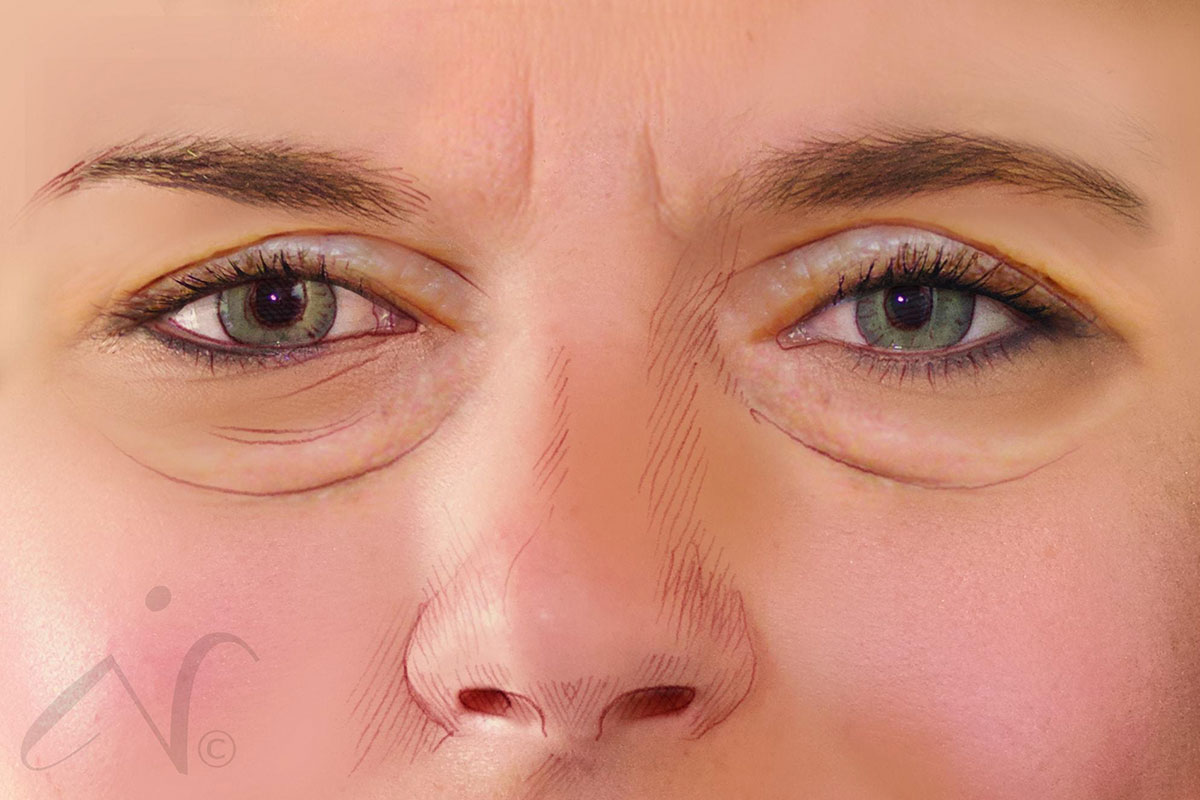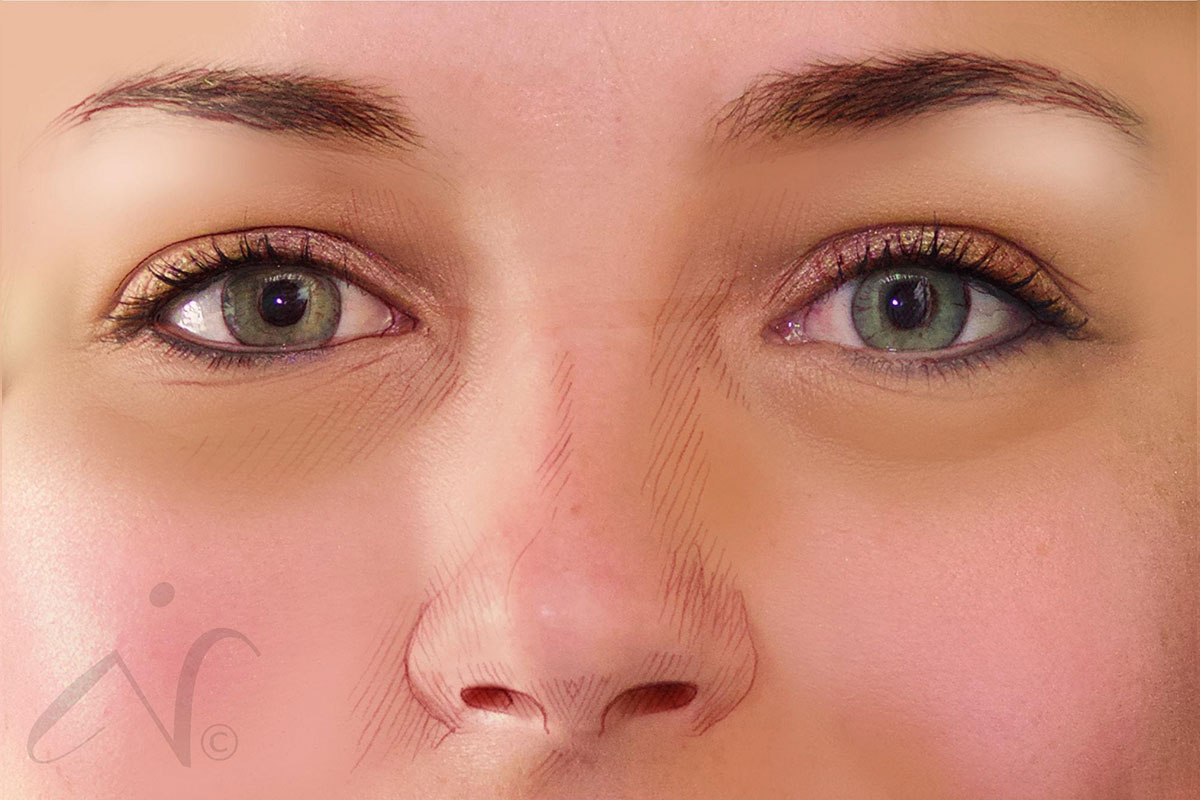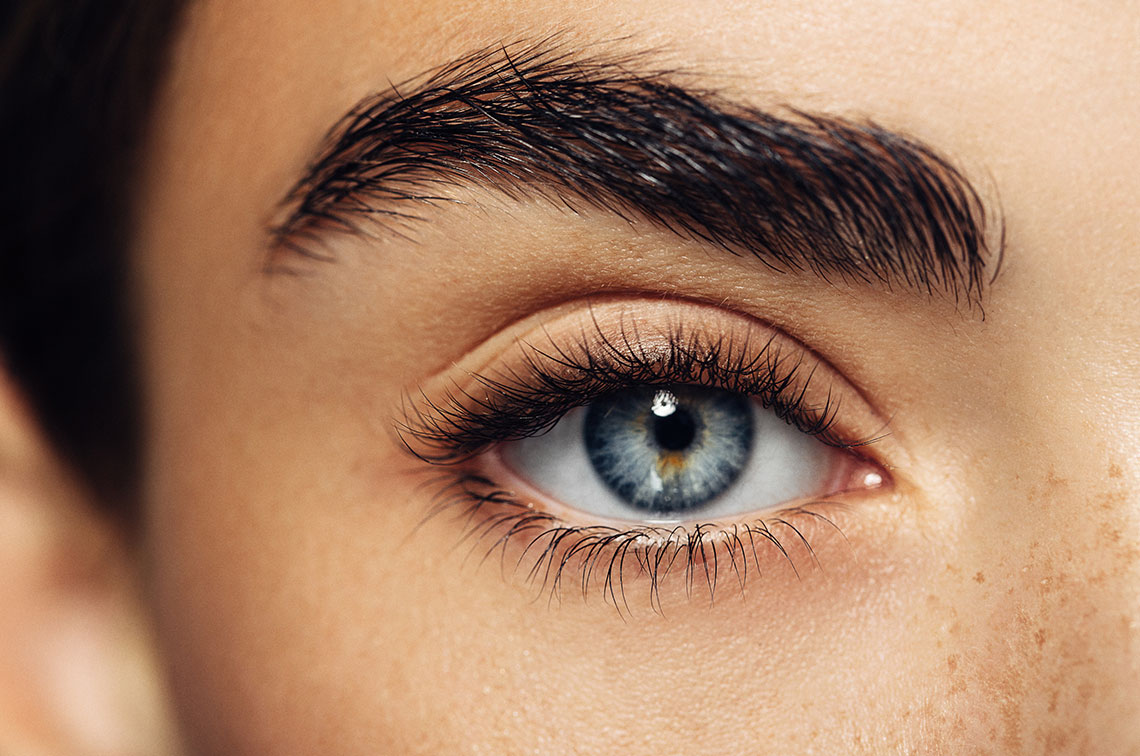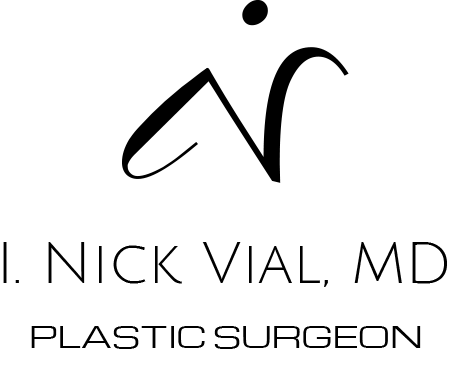Changes to the upper and lower eyelids are common with aging. These changes can often be addressed with our eyelid surgery in Bend to create a more youthful look.


What does eyelid surgery treat?
Eyelid surgery corrects changes to the upper eyelid, including:
- Dermatochalasis (redundant skin)
- Ptosis (drooping lid)
- Periorbital fat herniation (bags)
Eyelid surgery corrects changes to the lower eyelid, including:
- Dermatochalasis (redundant skin)
- Scleral show (lowering of the lower lid, revealing white sclera under the iris)
- Periorbital fat herniation (bags)
- Low Lateral canthus (low position of the outer eye corner)
Who is a candidate for eyelid surgery:
- Are in good physical and mental health
- Do not have underlying medical conditions that preclude surgery
- Do not have dry eyes
- Have not had LASIK surgery in the last year
- Are non-smokers or are willing to stop smoking one month before and one month after the procedure
- Do not use nicotine products one month before and one month after the procedure (gum, chews, patch, vape)
- Are not exposed to second-hand smoke
- Have realistic expectations from the surgery
- Want to reverse the signs of aging around the eyes
What are the types of eyelid surgery?
Blepharoplasty
Blepharoplasty is a surgical procedure that removes unwanted skin from the upper and/or lower lids. It can be accompanied by the removal or repositioning of orbital fat. This is an outpatient procedure usually performed under local anesthesia and intravenous sedation. Depending on your specific goals and requirements, you may need an upper or lower lid blepharoplasty.
Ptosis Repair
Ptosis repair is a surgical procedure that repositions the upper eyelids into the correct, youthful position. This is an outpatient procedure performed under local anesthesia. In some cases, the surgeon may only make a small change to the eyelid’s lifting muscle. However, in severe cases of ptosis, the surgeon may have to strengthen and reattach the levator muscle. Dr. Vial will select the appropriate surgical technique according to your specific needs.
Canthoplasty
Canthoplasty repositions the corner of the eye into the higher, youthful position. This surgical procedure strengthens the lateral canthal tendon, which is located at the corner of the eyes where the upper and lower eyelids meet. If the outer corners of your eyelids are drooping, the surgeon will strengthen the canthus tissues and the surrounding structures, thereby restoring normal function to your eyelids. If desired, the surgeon can also change the shape of the outer corners of the eyes.
View Before and After Photos

How is eyelid surgery performed?
Your eyelid surgery in Bend starts with a private consultation with Dr. Vial. He carefully assesses your eyes, lid position, excess skin, discusses your goals, and curates the ideal surgical plan. If you have an upper blepharoplasty, Dr. Vial will make an incision along the fold of the upper eyelids and remove excess skin, muscle, and possibly fat. If you have a lower blepharoplasty, Dr Vial will make incisions in the inner eyelid or just below the eyelashes, within the natural creases of your lower eyelids, remove excess skin, and/or redistribute the fat tissues. The incisions are closed with suture that is removed in 5-7 days.
What is the recovery process after eyelid surgery?
How you recover in the three months after your surgery determines the outcome for years to come. Dr. Vial will provide a list of step-by-step recovery guidelines after your surgery, and you must follow those instructions accurately. After your eyelid surgery, you may experience watery eyes, light sensitivity, bruising, mild discomfort, and puffy eyelids. You will have to use eye drops and ointments as well as shower 48 hours after surgery. You are encouraged to use iced gauze continuously in the early post operative period to reduce swelling.
You’ll be asked to avoid contact lenses for at least two weeks after the surgery. You should also avoid swimming, jogging, and other strenuous workouts for at least 1-2 weeks. The bruising and swelling will gradually subside after 2-3 weeks, following which you can resume your social activities.
What are the risks of eyelid surgery?
Dr. Vial places the utmost importance on your safety. He only works with board-certified anesthesiologists and certified nurses to minimize the risk of harsh side effects or complications. However, all surgeries carry inherent risks, including eyelid surgery. Dr. Vial will highlight the potential risks of your procedure during your consultation.
The complications unique to eyelid surgery that are reported nationally include but are not limited to:
- Dry eyes
- Lid asymmetry
- Loss of lashes, temporary or permanent (very rare)
- Loss of vision (very rare)
Why choose Dr. Vial for eyelid surgery?
Dr. Vial is a board-certified plastic surgeon with extensive training and experience in eyelid surgery in Bend. He has trained at the world’s best institutions where many of these procedures continue to be advanced. He makes safety a top priority and has developed a reputation for beautiful natural outstanding results right here in Bend, Oregon.

